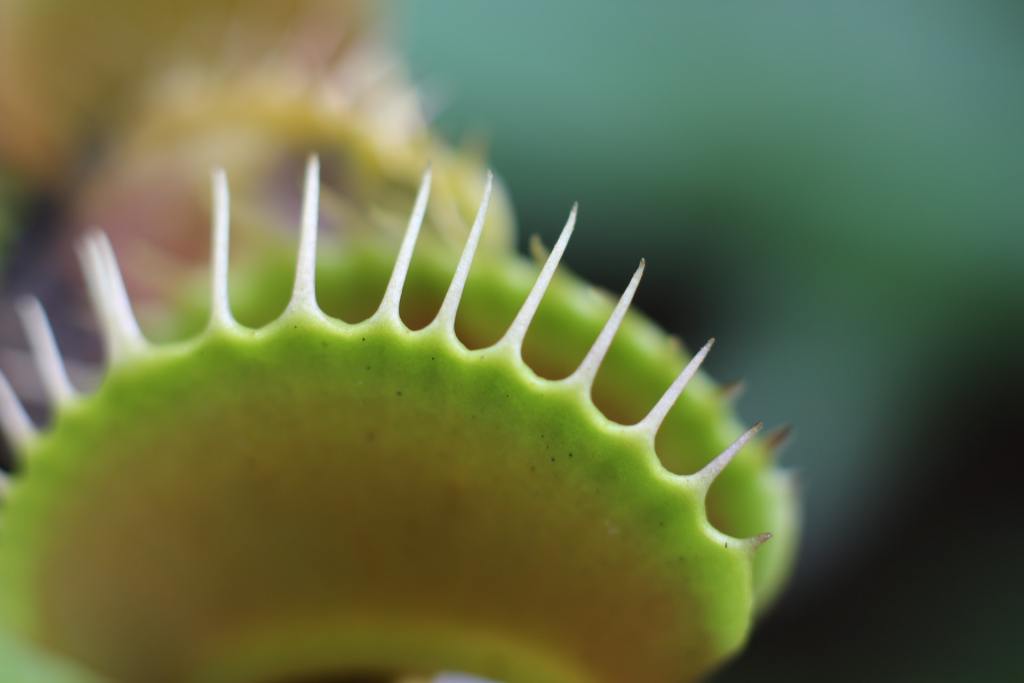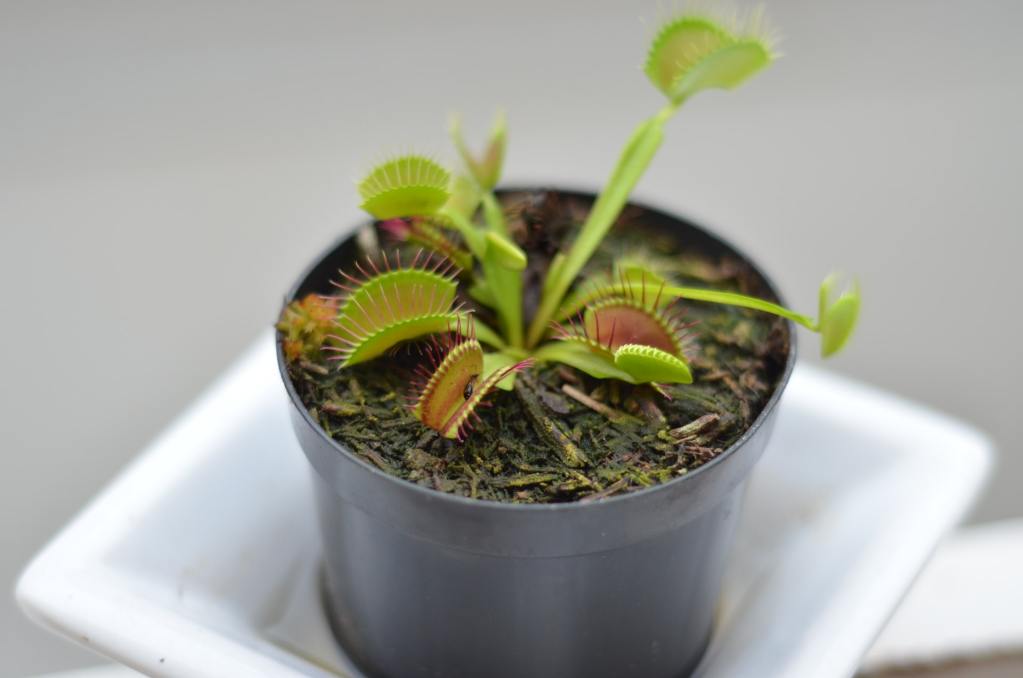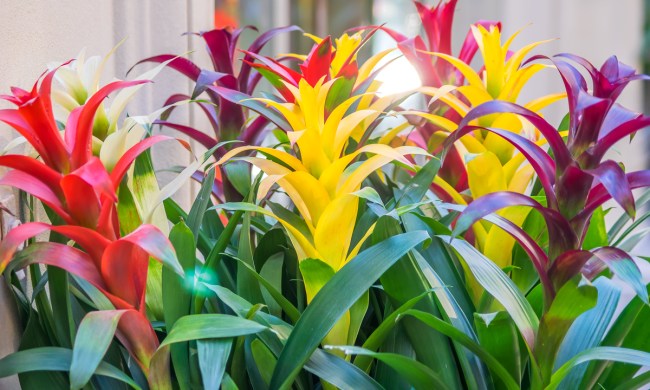The go-to image of a carnivorous plant, the Venus flytrap is distinct in appearance with its mouth-like apparatus that almost looks like a jaw. Recently, scientists have discovered another weird feature about it: it emits a detectable magnetic field! But how exactly does this work? And how do flytraps capture their prey to begin with? Ahead, we break down everything you need to know about the way that these plants get their nutrients and the magnetic fields they emit.

How Venus flytraps capture food
Before we get into how they create magnetic fields, let’s discuss how these fascinating plants gather nutrients. Whether or not you’ve watched “The Little Shop of Horrors,” you’re probably familiar with the appearance of Venus flytraps, aka Dionaea muscipula. They’re carnivorous plants that have pinkish mouth-like pads with teeth that interlock. One common misconception is that flytraps usually eat flies — the reality is they commonly eat ants and spiders in their native habitats in the Carolinas. Flytraps convert energy through photosynthesis like all plants. But since they typically live in nutrient-poor soil, they get nitrogen and phosphorus through, well, bugs.
When a bug wanders into the flytrap’s mouth area, it can set off the three trigger hairs on each pad. This trigger produces an electrical signal, and the bug has about 30 seconds to escape. If the bug sets off another hair, the flytrap will close its leaf pads right away and trap the creature. As the bug tries to escape, the plant will close even tighter. Eventually, digestive juices flow into the mouth area and break the bug down. After a week, all that will remain is the bug’s exoskeleton, which the flytrap releases.
What scientists have discovered
In early 2021, scientists in Berlin detected magnetic signals from a Venus flytrap using a sensitive atomic magnetometer, which deduces a change in magnetic fields in the spin of electrons. When the flytrap snapped its “jaws” closed, they measured signals of up to 0.5 picotesla — which is comparable to nerve impulses in animals. For scale, that’s still roughly a billion times weaker than a fridge magnet.
Still, why does this matter? Well, it’s groundbreaking for the study of plant communication. It’s one of the few magnetic fields ever detected in plants. In previous studies, scientists also observed magnetic fields in algae and bean plants. Researchers didn’t doubt they would find the magnetic field, but their challenge was figuring out how to detect it. As the magnetic field was weak, they had to observe it in a magnetically silent room.

How Venus flytraps display biomagnetism
The idea with biomagnetism is that anything with an electric current is supposed to give off a magnetic field. For the Venus flytrap, the magnetic field likely comes from the electric impulses called action potentials that trigger the leaves to close. So when a bug stimulates any of the carnivorous plant’s trigger hairs, this sends an action potential through both lobes of the trap.
Scientists have studied biomagnetism in animal and human brains. It’s a special occurrence in plants because they don’t have nerves but can still send electrical impulses. In the Venus flytrap, mechanical, thermal, chemical, and electrical triggers can give rise to action potentials and cause the trap to close. Physicist Anne Fabricant and her team used heat to trigger the action potential in the flytrap. From there, her group was able to measure the flytrap’s magnetic field using a sensitive magnetometer.
Understanding the implications of magnetism
After this flytrap study, scientists are now interested in researching the potential magnetic fields of other plants. The use of an atomic magnetometer in this study is also critical: this tool not only operates at room temperature but can be portable and miniaturized. In the future, understanding this technology can potentially be used for noninvasive monitoring and diagnostics of plant stress and disease. Being able to measure plant electrical signals can help scientists understand crop plants’ responses to temperature, pests, and chemicals.
The Venus flytrap has always been a fascinating plant because of the way it collects nutrients — that is, by way of eating bugs, more or less. The fact that we have the technology to detect its magnetic field is no trivial finding; it’s an exciting development for the world of plant communication. We wouldn’t be surprised to see the notorious flytrap in even more groundbreaking studies to come!



